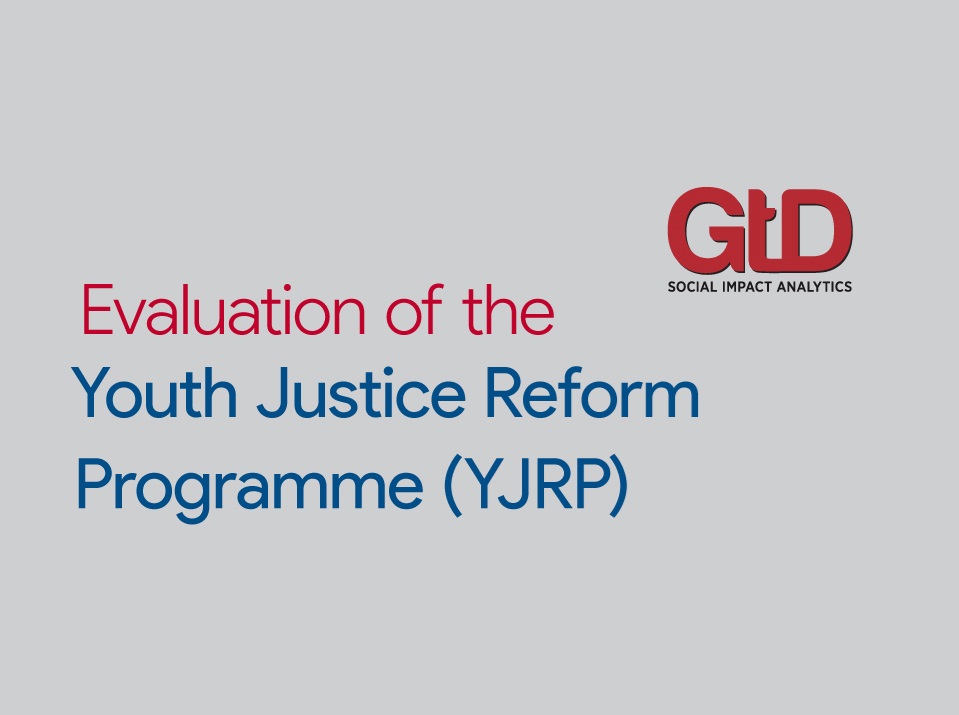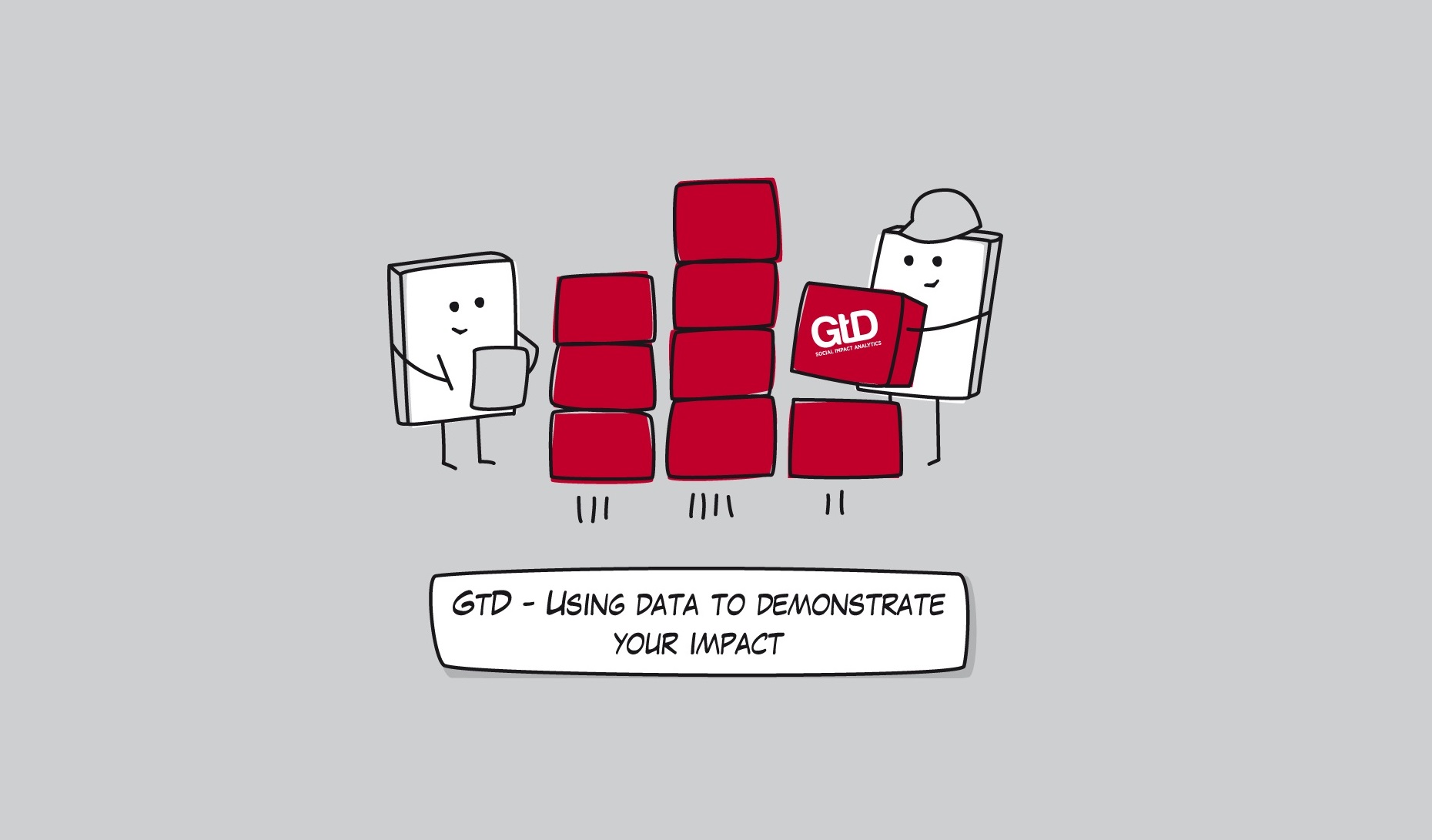You Might Be Winning but Not Know It
Have you ever eagerly awaited the results of a project impact study or external evaluation only to be disappointed to be told you had no impact? ‘How can this be?’ you might ask. ‘The users liked it, the staff saw the difference being made, and the funding provider was ecstatic!’ The fact is, if you’re trying to gauge the final success of a project without having analysed your data throughout its life, proving you made a difference is bound to be difficult.
Of course we would all like to know before we invest in a project whether it’s going to work. As that’s practically impossible (sorry) the next best thing is to know as soon as we can whether it is on a path to success or, after the fact, whether it has been successful. But even that, in my view, isn’t always quite the right question: more often we should be asking instead what it has achieved, and for whom.
In most cases – rugby matches and elections aside – success isn’t binary, it’s complex, but good data analysed intelligently can reduce the noise and help to make sense of what is really going on.
A service might in practice work brilliantly for one cohort but have negligible impact on another, skewing anecdotal results. Changes might, for example, boost achievement among girls but do next to nothing for boys, leading to the erroneous conclusion that it has failed outright. Or perhaps across the entire group, attainment is stubbornly unmoving but attendance is improving – a significant success, just not the one anyone expected. Dispassionate, unprejudiced data can reveal that your project is achieving more than you’d hoped for.
Equally, if the goalposts are set in concrete, consistently mining that data can give you the insight you need to learn, improve and change tack to achieve the impact you want while the project is underway. Or, at least, to check that you’re collecting and reviewing the right data – if the answer to any of your questions is a baffled shrug or an anecdote (and it too often is, in my experience) then you have a problem.
I’ll be circling back for a detailed look at some of the case studies hinted at above, as well as several others covering various fields, in later posts in this series.
In the meantime, consider the project that keeps you awake at night – where are its dark corners, and what good news might be lurking there?
















